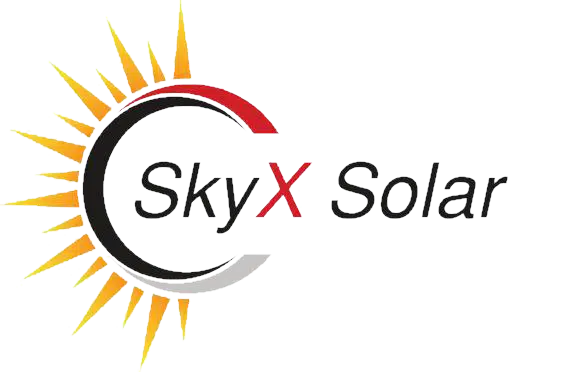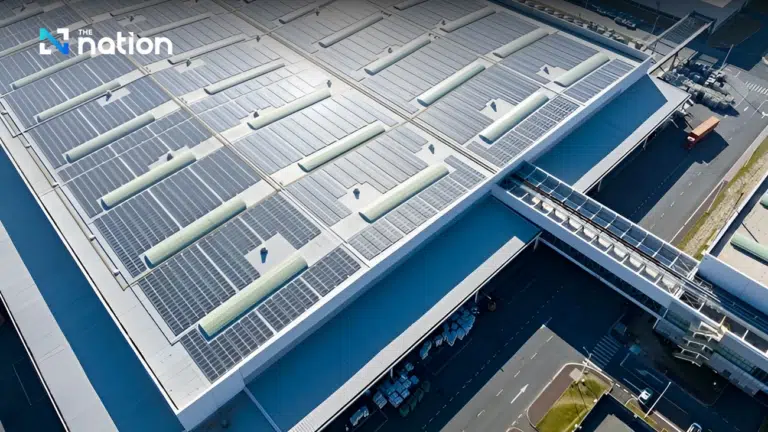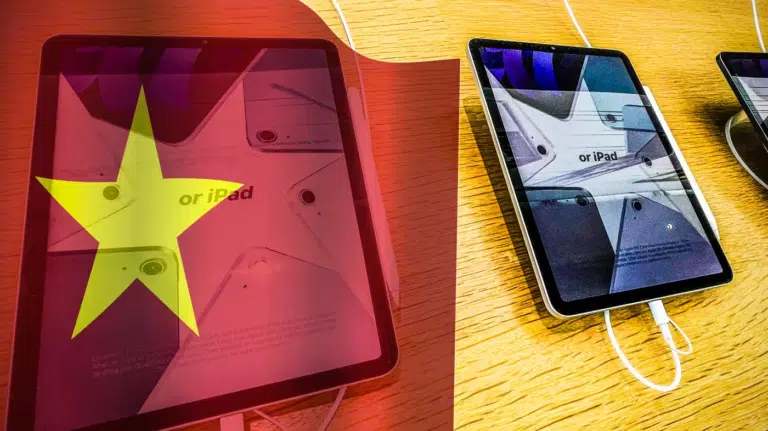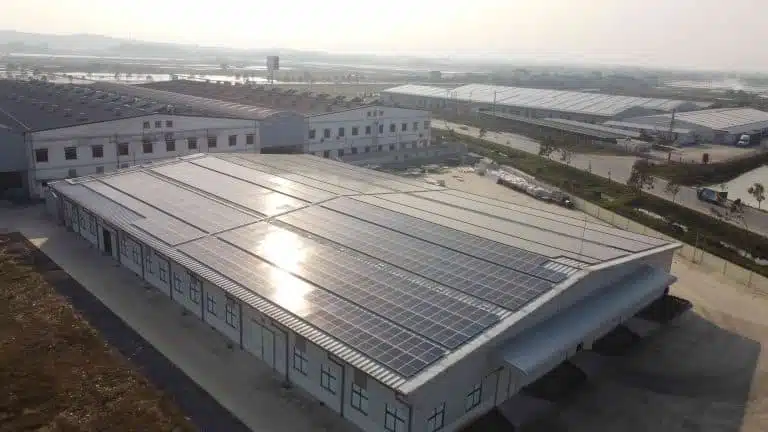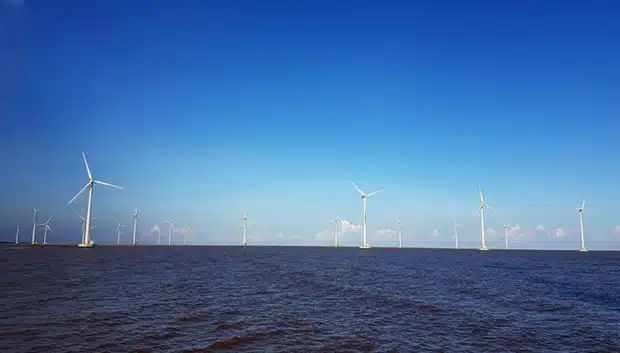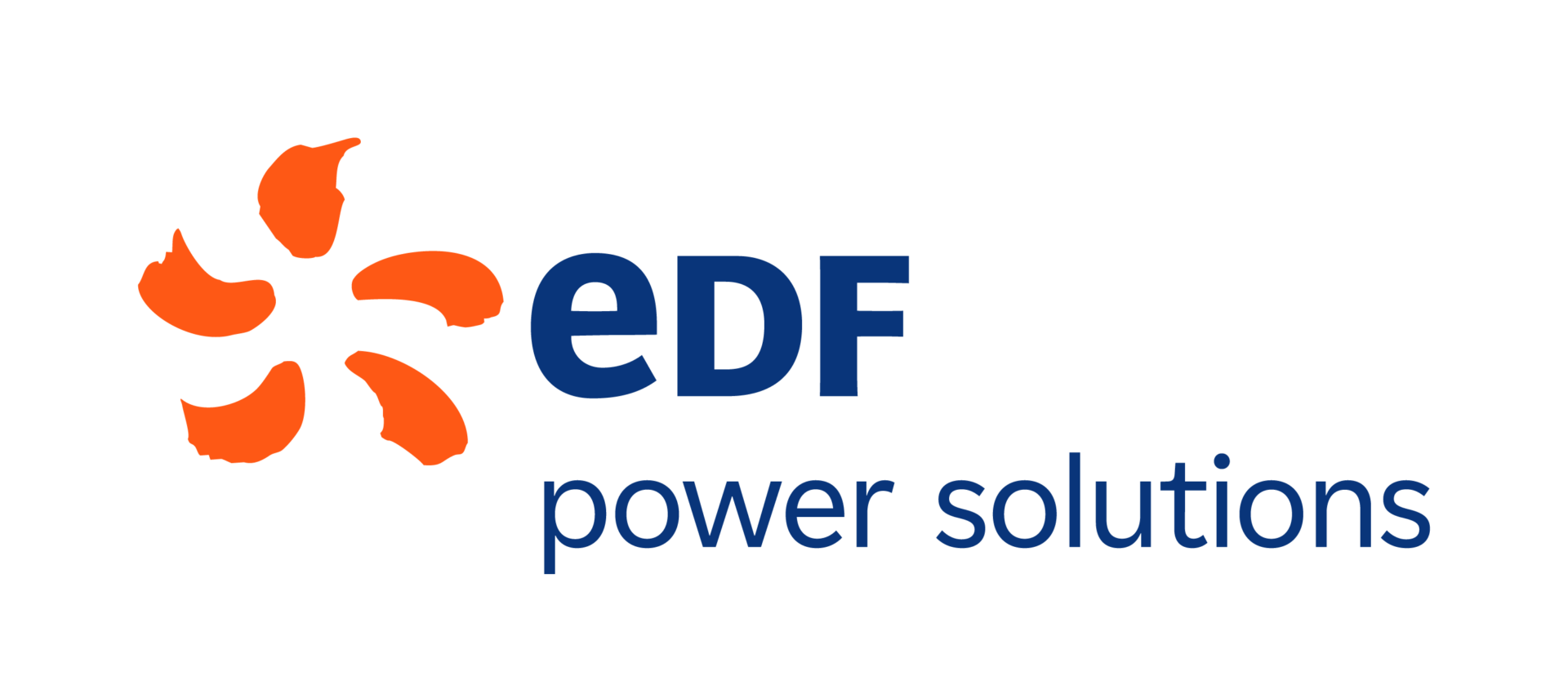- Asia will be a strong performer for hydropower and non-hydropower renewables with robust capacity growth in the coming decade, increasing Renewable Energy Certificates (RECs) in the region.
- The increase of RECs will be met with much interest as companies look to reduce their carbon footprint towards net-zero emission goals.
- Regional markets, such as Malaysia and India, have included RECs in their renewable energy push, with much private sector interest and further upside risks to our Asia capacity forecasts for hydropower and non-hydropower renewables.
We expect Asia to be a strong performer in hydropower and non-hydro power renewables, with robust capacity growth in the coming decade, increasing the supply of Renewable Energy Certificates (RECs) in the region. At the global climate conference, COP26 in November, various Asian markets declared their commitment to achieving net-zero emissions within this century. This included major greenhouse gas emitters, China and India, and their target years of 2060 and 2070 respectively, with China announcing theirs ahead of COP26. We believe that following these net-zero commitments, the power sector will experience increased pressure to transition to low carbon power generation types. This is especially true for many Asian markets, given their reliance on conventional thermal power (coal, gas, and oil). In order to facilitate this transition, Asian markets have been turning to RECs to verify decarbonization efforts and attract investor interest for renewable projects. With RECs only being available when renewable electricity is generated, the increasing demand for it in Asia is indicative of the region’s strong appetite for hydropower and non-hydro power renewables. The RECs process is an effective instrument that companies will adopt to prove the decarbonization of their electricity sources and support capacity growth. We expect a total of 249GW of major hydropower and non-hydro power renewables to come online in Asia by the end-2030, 31% and 68% based in China and India respectively. This outlook is supported by Fitch Solution’s Key Projects Database.

The increase of RECs will be met with much interest as companies look to reduce their carbon footprint towards net-zero emission goals. RECs are verification documents as a means for proving electricity supply origin, government monitoring of renewable energy use, and tracing of renewable generation to customers by utility companies. Typically, one REC corresponds to 1MWh of emission-free electricity supplied. The International REC Standard (I-REC Standard) determines the standard, quality, and guidelines for RECs, and approves entities to issue RECs. Examples of such entities are the Energy Generating Authority of Thailand (EGAT) and the Green Certificate Company. Apart from internationally recognized RECs, we note that various markets have set and are setting their own standards for the system, notably China’s Green Electricity Certificate. These RECs are typically facilitated by a market’s electricity ministry and its affiliates to encourage investments into renewable power projects. Singapore’s Energy Ministry Authority (EMA) announced in October 2021 the launch of SS 673, standards for RECs in Singapore, with aims to decarbonize the power sector. EMA also ran a workshop in November to promote awareness for the standard. We also note that SP Group, an accredited I-RECs issuer, has a platform in Singapore to facilitate certificate trading. Additionally, Thailand’s state-owned EGAT issues I-RECs to companies that purchase renewable energy from them (notably Toyota in October 2020 and Novo Nordisk in July 2021).
For companies and government agencies that are not power producers, RECs are meant to reduce carbon emissions from electricity consumption, aiding goals of net-zero emissions. For power producers in the renewables space, RECs are tools for attracting financing for renewable power projects. We believe that these functions of RECs for both power producers and consumers will be increasingly utilized in the coming years, showing markets’ support for renewables and presenting upside risks to our hydropower and non-hydro power projects.

Asia – Non-Hydropower Renewables Generation by Type, TWh & Capacity, MW (2020-2030)
Regional markets, such as Malaysia and India, have included RECs in their renewable energy push, with much private sector interest and further upside risks to our Asia capacity forecasts for hydropower and non-hydro power renewables. We highlight Malaysia and India were included the RECs as part of their recent efforts to promote renewable electricity uptake in their markets.
- Malaysia launched its Green Electricity Tariff (GET) programme on December 1, 2021. Subscribers who sign up will be supplied with renewable electricity and RECs in January 2022. Notable subscribers include governmental agencies of the Ministry of Energy and Natural Resources (KeSTA) and the Sustainable Development Authority of Malaysia (SEDA), and private sector companies such as HSBC and Nestlé.
- India’s Ministry of Power approved a revised version of the market’s RECs scheme in September 2021. The key amendment is that RECs will not have an expiry date till they are sold, after which, it will last for approximately three years. This enables power producers to have the flexibility to choose when to sell RECs. We note that this has been met with much market interest, with the Indian Energy Exchange seeing 2.44mn RECs traded after resuming trading of RECs with a session on November 24, 2021. The trade was paused again by the Ministry of Power till December 31, 2021.
We believe that this will set the precedence for other Asian markets to increase flexibility around RECs and incorporate RECs into renewable energy schemes. Eventually increasing investor interests with further upside risks to expand the renewables project pipeline.
